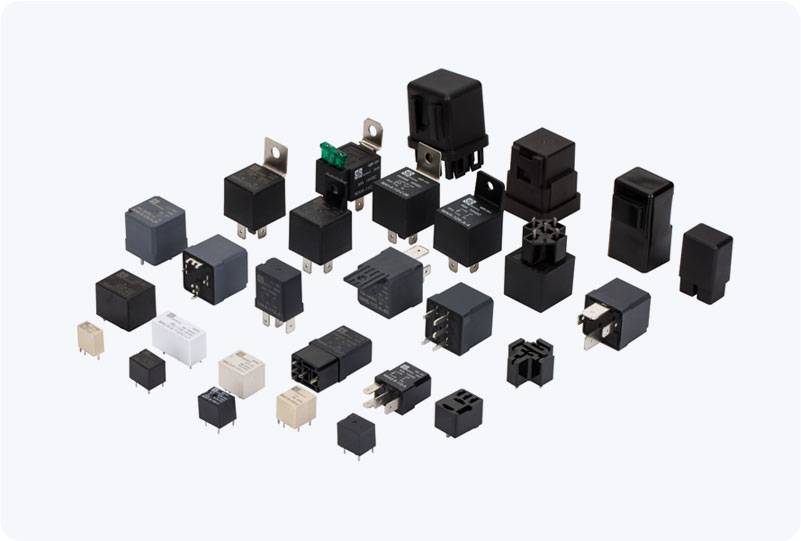High Current Power Relays (HCPRs) are critical components in electrical systems that require reliable and efficient switching of high-current loads. These relays are designed to handle heavy electrical loads while maintaining the integrity of the control circuits. Whether in industrial automation, electric vehicles, power grids, or household appliances, HCPRs provide the necessary isolation between the low-voltage control side and the high-power electrical load side. This article delves into the importance, working principle, and applications of High Current Power Relays.

What is a High Current Power Relay? A High Current Power Relay is an electromechanical switch designed to control circuits carrying large amounts of electrical current. Unlike standard relays, which are suitable for lower current loads, HCPRs are specifically designed to switch high currents, often in the range of tens to hundreds of amperes. These relays are capable of handling the electrical load while ensuring that the control circuits are protected from the high current, thus preventing damage to sensitive components. HCPRs typically consist of an electromagnet, a movable armature, and a set of contacts. When a low-voltage control signal is applied to the electromagnet, it creates a magnetic field that moves the armature, closing or opening the contacts. The contacts on the relay are specifically engineered to withstand high electrical currents without significant wear or degradation, making them ideal for demanding applications.